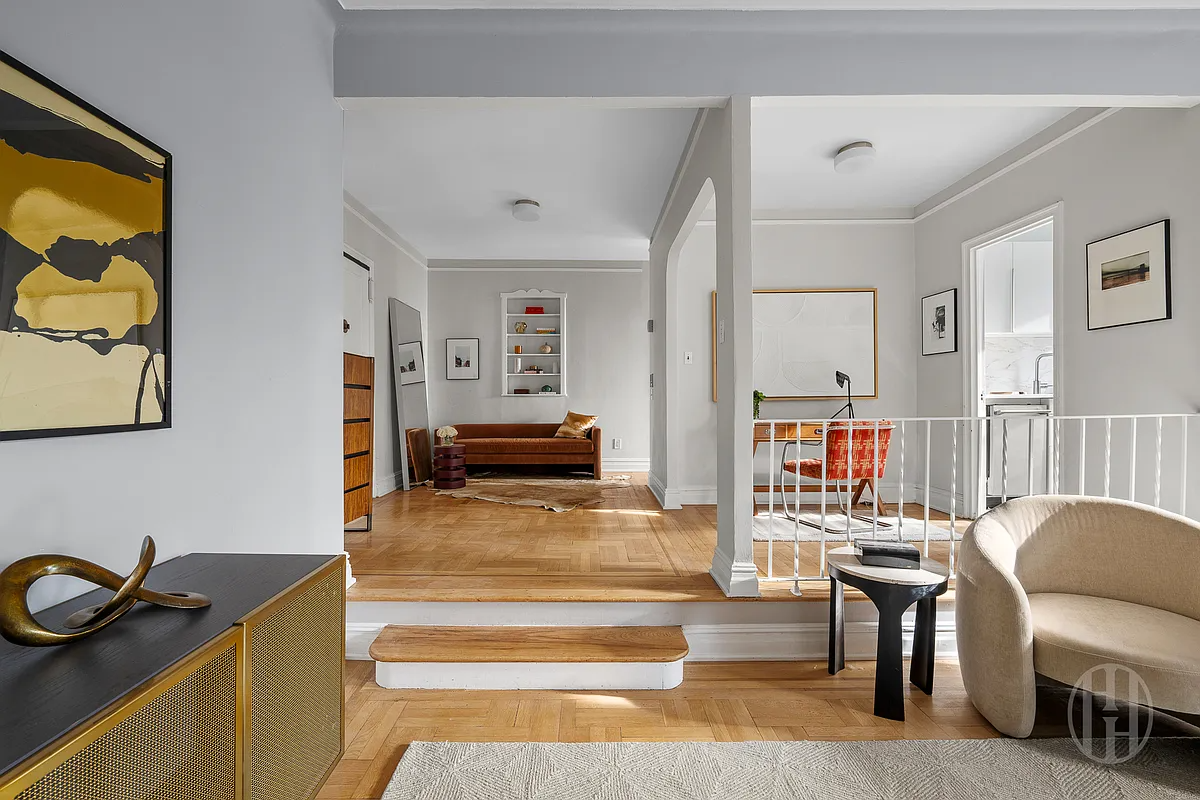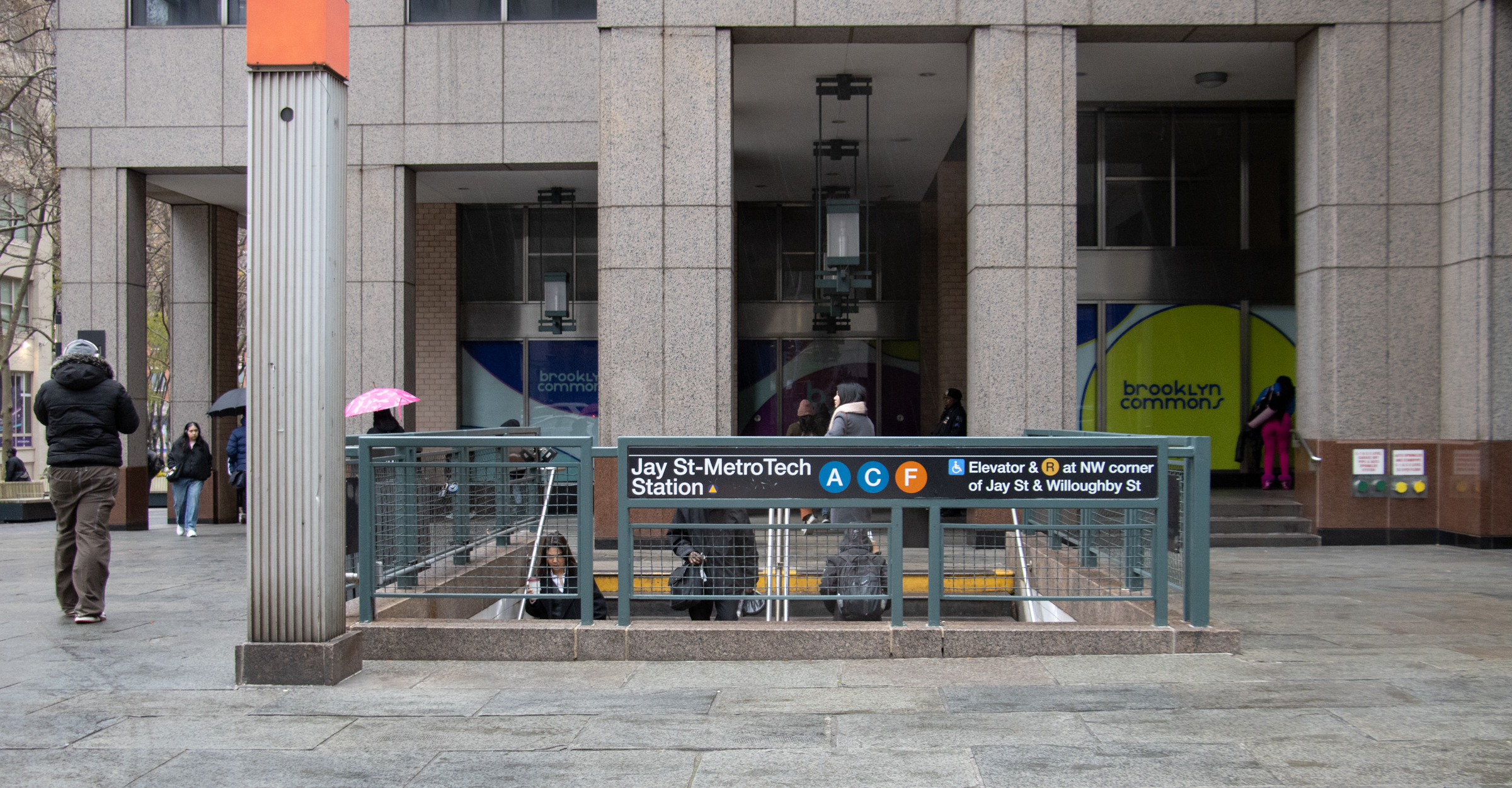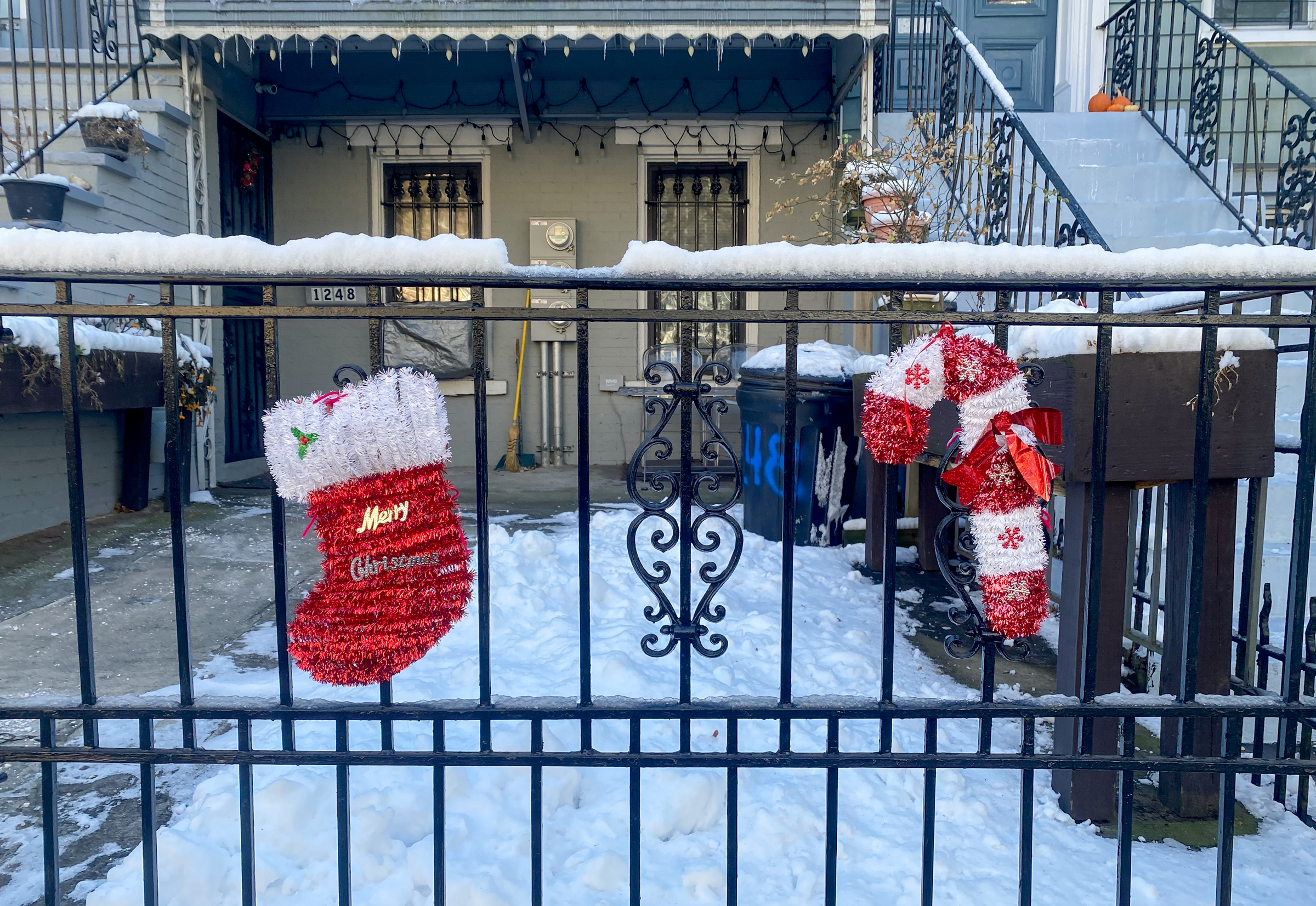Barf! Katan Tries to (Ab)Use Affordable Housing
As we reported three weeks ago, preservationists are setting their sites on the Domino Sugar Factory just as Isaac Katan is gearing up to squeeze as much FAR as possible out of the plot of land that the iconic structure sits on. Katan, who is one of the most reviled developers in the borough by…


As we reported three weeks ago, preservationists are setting their sites on the Domino Sugar Factory just as Isaac Katan is gearing up to squeeze as much FAR as possible out of the plot of land that the iconic structure sits on. Katan, who is one of the most reviled developers in the borough by people who care about little things like aesthetics and safety, has obviously been learning from Bruce Ratner’ success at hiding under the rubric of Affordable Housing. To wit, his attempt to define the debate on those terms: We certainly support preservation, said a Katan spokesman. But he added, Our priority is affordable housing, and we want to achieve a balanced plan. What a load of baloney! Yassky, who opposed the landmarking of 184 Kent last year (wonder how that decision ended up playing out at the polls?), is onboard to save Domino. It’s a landmark in the popular sense of the word. When I talk to people in Queens or Manhattan about that part of my district, I say it’s right by the Domino Sugar factory, and they know where that is. Hey, if the populist angle will help save the building, go for it, Dave.
In Williamsburg, a Face-Off Over the Future [NY Times]
Photo by Sherilyn





Excellent point WBer. Also of note – the original owner made out like a bandit when he threatened to close the place down about 8 years ago. The employees – most of which were lower middle class working slobs – got the city to give the previous owner a shit load of tax breaks and give backs with the promise that he would keep the plant and all it’s employees in business. He kept his promise just long enough to suck every last drop out of the city and his workers, then sold it to another Scumbag – Katan.
If Katan is involved there is more than enough reason for concern – No matter what happens at that site. The fact that the city is still allowing this criminal to do business, much less entertaining the idea of Granting him Variances is a very bad sign.
Uh, they paid $30 million for a factory that is ZONED for manufacturing use. (Thankfully, I don’t think that pig farming is an allowable use, though.)
If Katan & co. want to use it as a factory, so be it – they need no special approvals and no input from the community. However, if they want to use for housing, they will need to rezone the property. And a rezoning requires an environmental review and a host of public reviews. Part of the environmental review is the assessment of the historic significance of the site.
I hope that they do rezone the site for residential use, and in the process, I hope that they save the significant historic structures and integrate them into an exciting new development.
Its called comprehensive land use planning, it is very real, and there is no reason it shouldn’t be done in Brooklyn’s waterfront neighborhoods.
Great! The property cost $30 million. Now how much money are the community and not-for-profit groups contributing? Why should private business parties entertain community input at all? The seller of the property didn’t offer Katan any discount on the purchase to accomodate the community needs. To the contrary, the sellers made out like bandits by selling the property to highest bidder. Where were the community and not-for-profit groups then? They certainly were not at the negotiating table attempting to get Katan a steep discount so it would be economically feasible for him to incorporate some of their goals.
You guys are living in a fantasy world. The real world doesn’t work work this way. Katan does his due diligence, takes the risk, buys the property and now you want to have input and dictate the project to the point where it doesn’t make financial sense. Should we expect every developer to seek community input before bidding on every single development site? Wake up folks. Get real. You want input? Start writing some damn checks!
Well, since Katan is not the only one involved in this site, maybe there is a very slight hope for Brenda and Bill’s excellent suggestions. They are good ideas and shouldn’t be dismissed out of hand. If developers and community groups and non-profits were to get together and put together a plan that can please everyone, even just a bit, that would be monumental in of itself. Instead of sneering at this plan, or accusing non-profit and generally creative people of unrealistic ideals over pure profit, maybe we could have the necessary pairing of profit and community. It happens elsewhere, and it happens when developers have the desire to benefit the community as well as themselves, and foster the creativity needed for a project provided by those who may not have the money to do it themselves.
New York deserves an impressive waterfront and harbor line, but that doesn’t mean that it has to be nothing but endless lines of glass and steel luxury condos with a park or two thrown in to appease the public. The Tate Modern in London is a great example of adaptive use of a fine old building, and Brenda’s idea of a museum of industry and greenmarket, in addition to housing, is feasible and would be a fine addition to Brooklyn and New York City, and could generate business and funds to the area. Amen, indeed!
To comment on the structure of these types of buildings, there is a good chance that no matter what use is slated for this site, trying to preserve the original factory building will entail a massive structural overhaul just to meet current code requirements. One cannot just assume that because the building was originally designed for an industrial use back in the early 1900’s, it can contain any other use today. These old buildings are full of structural inadequacies that are very expensive to correct. Landmarking such a building will only compound the expense. And after that, it doesn’t matter what goes into it because no owner will be able to afford to convert it…into condos or a cultural center.
Adaptive reuse for the public good is a great idea except when it comes to finding someone to pay for it. One can always point to a “better” use for a building or parcel but that use may be unrealistic as compared to one that could actually make someone a profit. Buildings and land can’t be set aside indefinitely in the hopes that a not-for-profit organization will one day be able to spend the millions of dollars needed to purchase, remediate, restore, and convert it to a new use. A sad reality of a city where the real estate costs are so high. That being said, landmark status would encourage, if not require, the developer to reuse at least a part of the factory, which in my opinion has a lot more aesthetic value than the ugly white block a short way up the river.
Brenda, that sounds all fine and dandy but neither you nor I own this property – Katan does!! What about his ownership and property rights? Do they not matter? It’s his INVESTMENT and he is entitled to do what he pleases with HIS property. If he wants to make it a pig farm then that’s his right! Are all anti-development-preservationists broke crusaders?!?! Why didn’t any of you buy this property years ago? Where were all of your grand visions for the community then? Huh? Answer this very basic question. Same goes for AY. You guys are all talk and nothing else. A bunch of dreamers and Monday morning quarterbacks! Katan spends tens of millions of dollars on the purchase of the site and then he’s expected to turn it into a children’s museum?!? Are you kidding me?!?
You people are beginning to sound more and more unstable everyday. Save the Red Hook docks! Save the railyards at AY! Save the factories and warehouses on the waterfront! Down with Ikea! Down with Walmart! So pathetic…
Love the idea of a museum of some sort. Someone had made comparisions to the Tate Modern in London. I think that something of the sort would be a spectacular use for the building. Another option is to use it as a permanent farmers market akin to the Chelsea market or Granville island in Vancouver.
Amen, Sister Brenda!